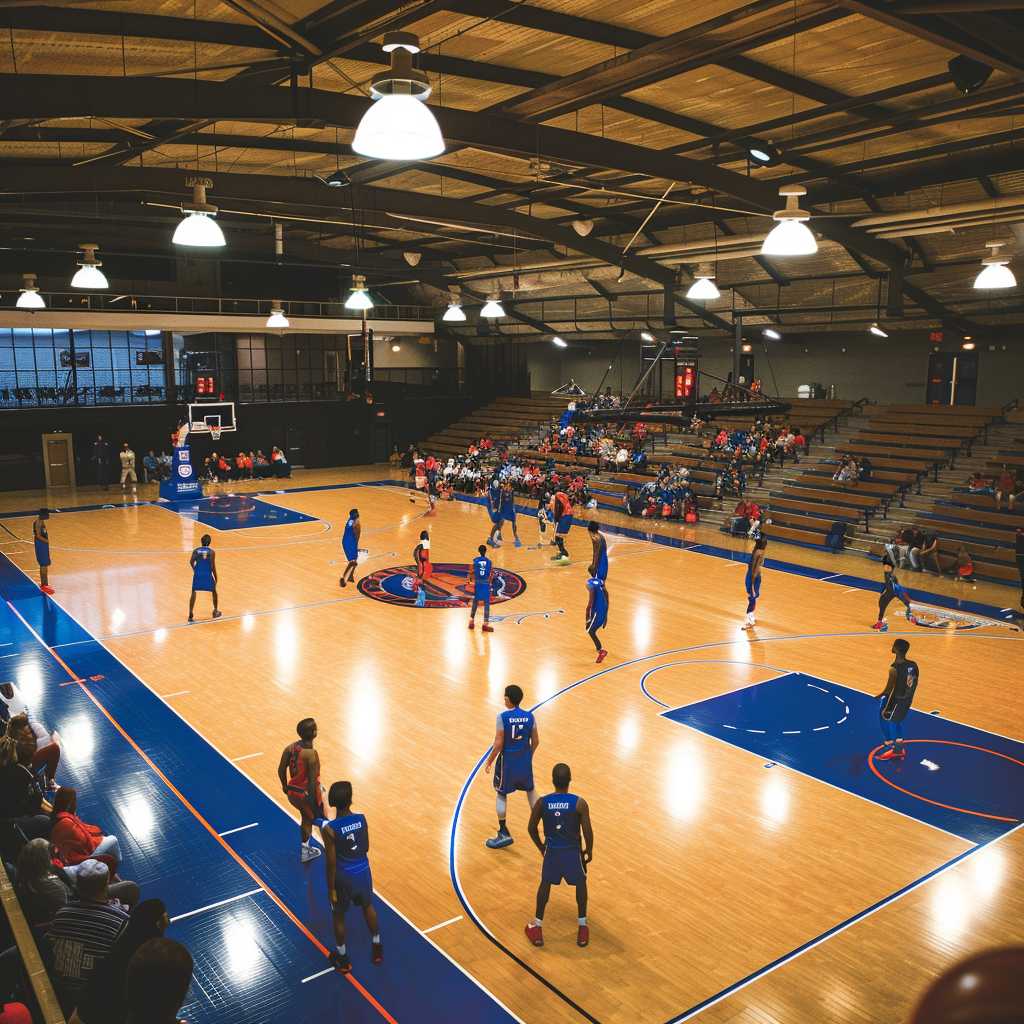Understanding the National Association of Intercollegiate Athletics (NAIA)
The National Association of Intercollegiate Athletics (NAIA) is a collegiate sports association in the United States that oversees sports programs at smaller institutions, as opposed to the larger schools governed by the NCAA. Unlike the NCAA, the NAIA is known for offering a different mix of programs, a distinctive approach to student-athlete eligibility, and unique championship opportunities. This article examines the NAIA’s formation, structure, comparison with the NCAA, its impact on student-athletes, and recent developments within the association.
History and Purpose of the NAIA
The NAIA can trace its roots back to the late 1930s when it was established as the National Association of Intercollegiate Basketball. Over time, it expanded its reach to include many other sports and changed its name to reflect a broader athletic scope. Initially formed with the mission to govern smaller intercollegiate athletics programs, the NAIA has maintained a dedication to building character and sportsmanship in student-athletes while providing inclusive college athletic opportunities.
Organizational Structure and Membership
NAIA consists of various member institutions, including colleges and universities across the United States and Canada. Colleges within the NAIA tend to be smaller than those associated with the NCAA, including many private ones, which defines the community-driven aspect of this organization.
Comparison with NCAA
Significant differences distinguish the NAIA from the more widely known NCAA:
–
Eligibility : The NAIA has distinct eligibility rules focused on ensuring fair competition while being lenient enough to accommodate older or non-traditional students.
– Classification : It does not divide its members into divisions based on school size; instead, it allows all member schools to participate in one grouping.
– Scholarships : The scholarship model in NAIA is different. For example, in some sports, there’s an allowance for a certain number of scholarships equivalent to full tuition, as opposed to an all-or-nothing approach seen in some NCAA sports.
– Regulations : Member institutions generally experience more autonomy within the NAIA without as many overarching regulations as seen in the NCAA. Championships and Competitions
–
Classification : It does not divide its members into divisions based on school size; instead, it allows all member schools to participate in one grouping.
– Scholarships : The scholarship model in NAIA is different. For example, in some sports, there’s an allowance for a certain number of scholarships equivalent to full tuition, as opposed to an all-or-nothing approach seen in some NCAA sports.
– Regulations : Member institutions generally experience more autonomy within the NAIA without as many overarching regulations as seen in the NCAA. Championships and Competitions
–
Scholarships : The scholarship model in NAIA is different. For example, in some sports, there’s an allowance for a certain number of scholarships equivalent to full tuition, as opposed to an all-or-nothing approach seen in some NCAA sports.
– Regulations : Member institutions generally experience more autonomy within the NAIA without as many overarching regulations as seen in the NCAA. Championships and Competitions
–
Regulations : Member institutions generally experience more autonomy within the NAIA without as many overarching regulations as seen in the NCAA. Championships and Competitions
Championships and Competitions
The NAIA hosts national championships for men’s and women’s athletics across various sports every year. These events are designed to highlight athletic talent from smaller institutions and provide a platform for students to compete at high levels.
Impact on Student-Athletes
Student-athletes in both associations experience college athletics’ benefits, including camaraderie, discipline, and Sportsmanship. Given its size and approach to scholarships, the NAIA can be particularly appealing for athletes looking for a more balanced approach between athletics, academics, and personal growth.
Recent Developments within The NAIA
Within recent years, the NAIA has implemented new policies to ensure student welfare and keep pace with an evolving collegiate landscape. With collegiate sports often acting as a microcosm for broader social changes, initiatives towards inclusion and diversity have been integral in shaping policies each year.
